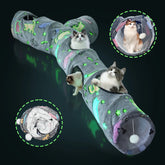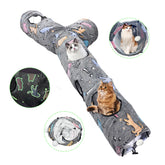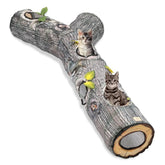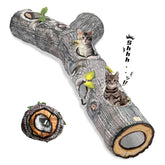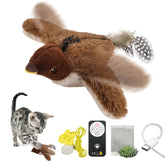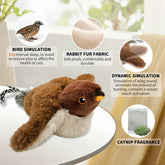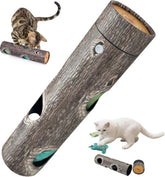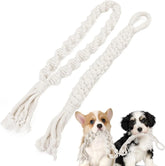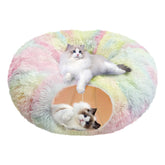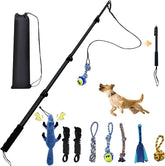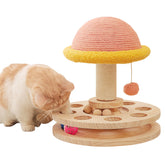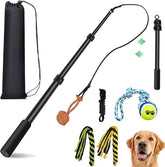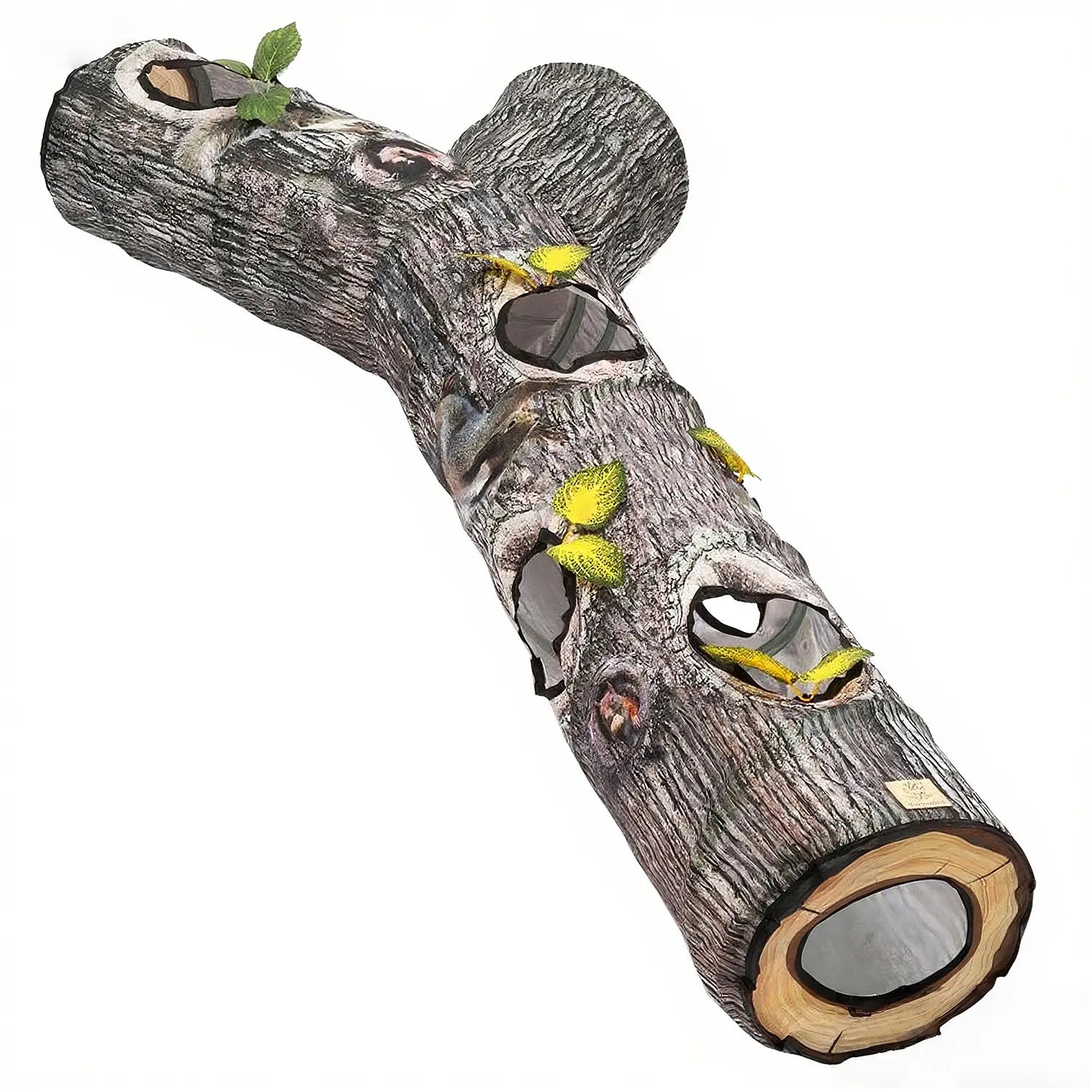The Art of Feline Handling: Building Trust Through Respect and Understanding
As cat owners, we've all experienced those moments: the reluctant struggle during nail trimming, the nervous vet visits, or the mysterious disappearance when guests arrive. These challenges don't mean our cats are being "difficult"—they're communicating their discomfort in the only way they know how. Understanding how to properly handle and interact with our feline companions isn't just about convenience; it's about building a relationship based on mutual trust and respect.
Why Traditional Handling Methods Often Fail
Many well-intentioned cat owners make the critical mistake of treating cats like small dogs—or worse, like furry humans. Cats have unique psychological needs and communication styles that require a different approach. Forceful restraint, unpredictable movements, or ignoring their subtle stress signals can damage your relationship and create lasting anxiety.
Research shows that cats who experience regular stressful handling may develop:
-
Chronic anxiety and fear-based behaviors
-
Avoidance of family members
-
Increased aggression during necessary care
-
Stress-related health issues
The Foundation: Understanding Feline Body Language
The first step to better handling is learning to read your cat's emotional state. Cats communicate volumes through subtle body signals:
Signs of comfort and trust:
-
Relaxed posture with tail held calmly
-
Slow blinking eyes
-
Kneading with paws
-
Approaching you voluntarily
Early warning signs of stress:
-
Ears flattened or rotated sideways
-
Tail twitching or thumping
-
Dilated pupils
-
Attempts to move away or hide
Creating a Cat-Friendly Environment: Your First Step to Better Handling
Before you even attempt to handle your cat for procedures like grooming or medication, ensure your home environment supports their sense of security. Cats who feel safe in their environment are more likely to tolerate necessary handling.
Essential environmental elements:
-
Multiple escape routes in every room
-
Elevated resting spaces where they can observe safely
-
Quiet hiding spots for uninterrupted rest
-
Consistent routines that create predictability
Products like our FelRelWel Cat Tunnel provide both security and environmental enrichment. The multiple entry/exit points allow cats to feel secure while observing their surroundings, helping to build confidence that translates to better handling tolerance.
The Trust-Building Approach to Common Handling Situations
1. Veterinary Visits: Less Stress for Everyone
Cats are particularly vulnerable during vet visits because they're removed from their territory. Preparation begins at home:
Before the visit:
-
Get your cat comfortable with their carrier well before appointment day
-
Use pheromone sprays in the carrier 30 minutes before travel
-
Practice positive associations with the carrier through treats and play
During handling:
-
Ask your vet to use towel wrapping techniques rather than forceful restraint
-
Request to remain present during examinations when possible
-
Speak calmly and avoid tense body language that your cat can sense
2. Nail Trimming: From Struggle to Success
Many cats dislike having their paws handled. The key is gradual desensitization:
Step-by-step approach:
-
Begin by briefly touching paws during relaxed petting sessions
-
Associate paw handling with high-value treats
-
Gradually introduce the clippers without actually trimming
-
Keep initial sessions extremely short (1-2 nails maximum)
-
Always end on a positive note with play or treats
3. Medication Administration: Gentle Techniques That Work
Whether giving pills, liquid medication, or applying topical treatments, the approach matters:
Effective strategies:
-
Wrap anxious cats in a towel ("purrito" method) to prevent scratching
-
Use pill pockets or compound medications into flavored liquids when possible
-
Approach from the side rather than looming over them
-
Follow immediately with a favorite treat or activity
Building Trust Through Daily Interactions
Handling isn't just about necessary procedures—it's about everyday interactions that build or break trust:
The right way to pet: Focus on preferred areas like the base of the ears, under the chin, and along the cheeks. Avoid overstimulating the belly or tail area unless your cat clearly invites this contact.
Respecting boundaries: If your cat moves away, don't follow or force interaction. Let them control the contact duration.
Reading individual preferences: Some cats enjoy vigorous petting while others prefer light strokes. Learn your cat's unique preferences.
When to Use Professional Help
Some cats may have deep-seated fear or aggression that requires professional intervention. Consider seeking help from a certified cat behavior consultant or fear-free certified veterinarian if your cat:
-
Shows aggressive behavior during routine handling
-
Hides excessively and avoids all interaction
-
Has experienced trauma or neglect in their past
The Right Tools Make All the Difference
Having appropriate products can transform challenging handling situations:
Our GPS Tracking Device provides peace of mind for cats who might bolt during stressful situations like vet visits or moving.
The Electronic Flapping Bird Toy helps build positive associations before handling sessions by allowing your cat to engage in natural hunting behaviors.
The Journey to Trust: Patience Pays Off
Building better handling skills with your cat isn't achieved overnight. It requires:
Consistency: Regular, predictable positive interactions
Patience: Progress may be measured in small increments
Observation: Learning to read your individual cat's unique signals
Adaptability: Adjusting your approach based on what works
The reward for this effort is profound: a cat who trusts you completely, a stronger human-animal bond, and less stress for both of you during necessary care procedures.
Explore our complete collection of cat behavior-friendly products designed to support your journey toward better handling and a stronger bond with your feline friend.
Discover Trust-Building Products →
Remember: The goal isn't control—it's cooperation. When we learn to work with our cats' natural instincts rather than against them, we create relationships built on mutual understanding and respect that will last a lifetime.
